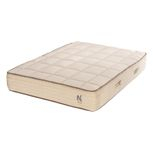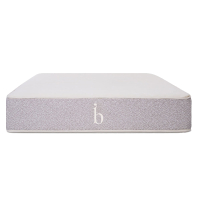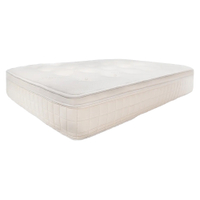Are latex mattresses good for side sleepers? I’m a sleep writer, here’s my take
Do latex mattresses have the cushioned support side sleepers need?
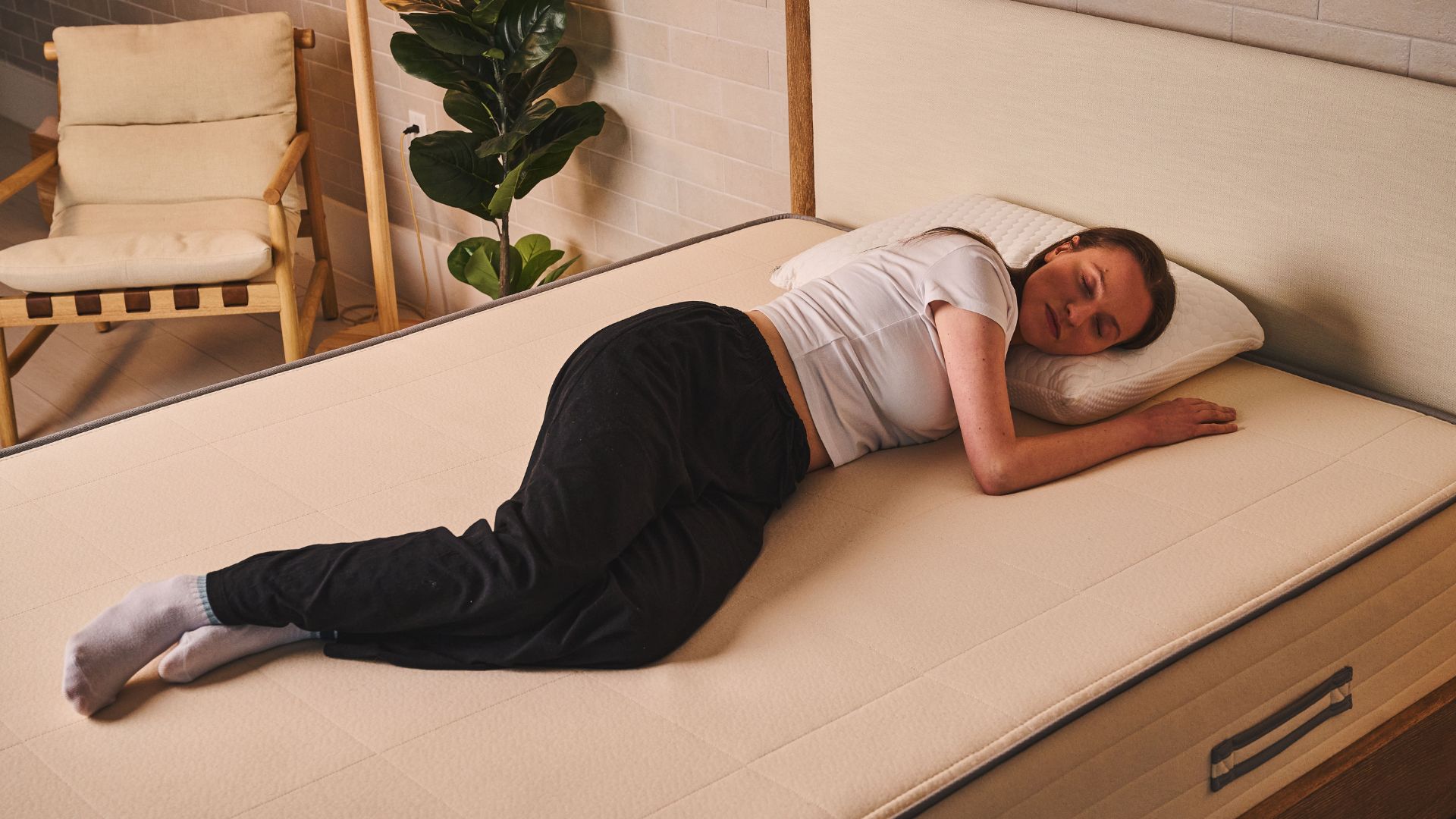
Side sleepers need cushioning at the shoulders, support across the spine and comfort from the knees down — but is this something a latex mattress can provide?
Our experienced team has spent thousands of hours testing beds to find this year's best mattresses for all sleep styles, so we know just what works for side sleepers. We also know what to expect from latex foams. So can bouncy and responsive latex mattresses suit side sleepers?
In this guide we're exploring what side sleepers should look for in a latex mattress and how to choose an eco-bed that suits your sleep style. A word of warning, though, natural latex mattresses can be pricey. So if you are looking to buy, timing your purchase to coincide with the Presidents' Day mattress sales in February will mean getting a top rated latex mattress for much less. If you're in a rush, we've rounded up some of our favorite latex mattresses for side sleepers to shop today.
What is a latex mattress?
Natural latex foam is created from the sap of the rubber tree, which is whipped into a froth, baked into a foam, set and sliced for your mattress. Eco-friendly, latex is becoming an increasingly popular material for the best mattresses in a box.
There are two types of natural latex: Dunlop vs Talalay. Both materials are made by whipping rubber sap until it's froth, but they use different methods to set the foam. This results in Dunlop latex having a denser, firmer feel, while Talaly is plusher and bouncier.
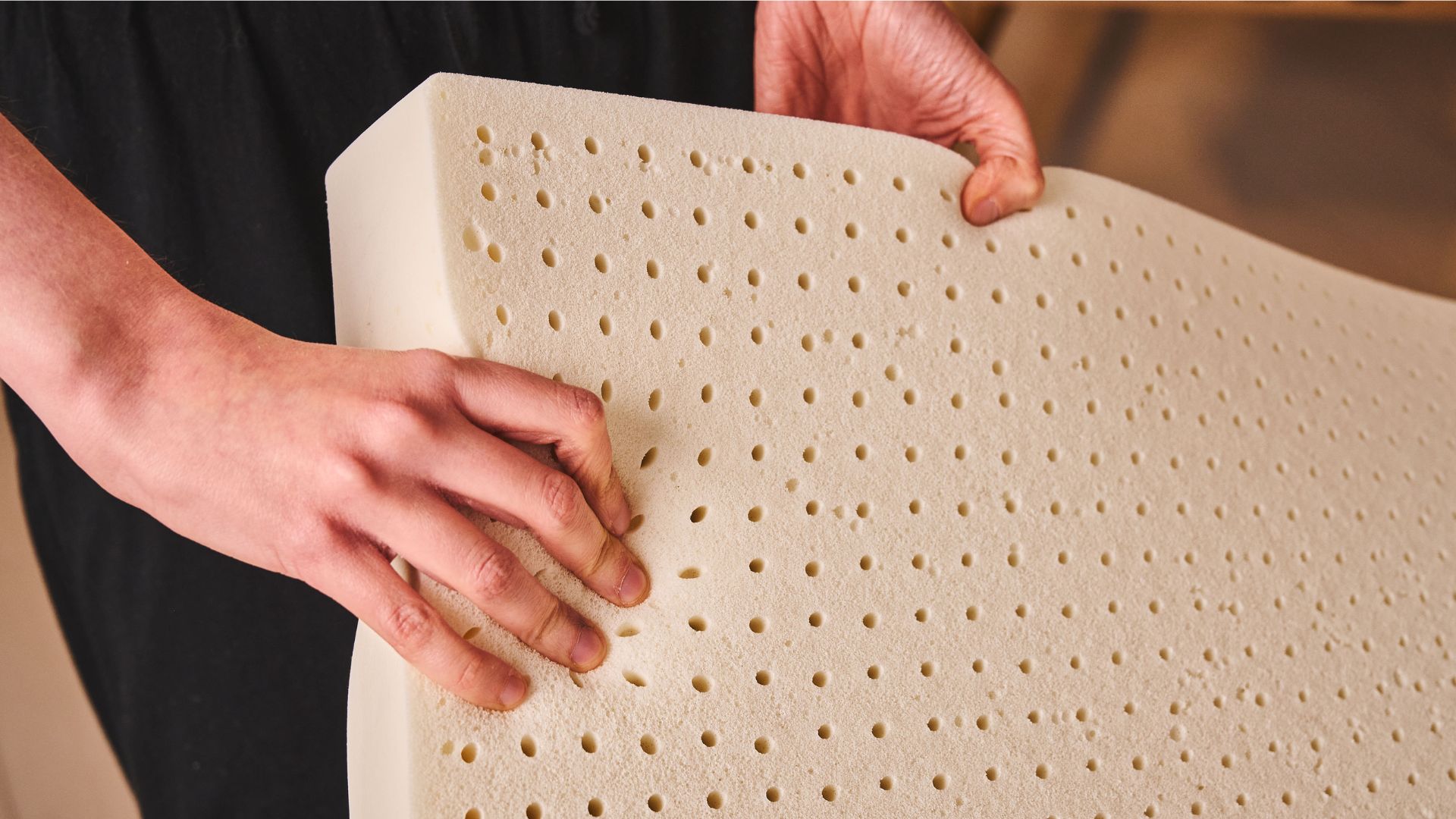
Due to the diversity of the material, latex can be used to build an entire mattress — the Essentia Stratami mattress, for example, is made from just two layers of latex foam. However, the majority of the best organic mattresses are hybrid beds, combining latex foams with traditional springs.
Latex foams are known for their bouncy and responsive feel. They don't have the contouring 'hug' of a classic memory foam, but when you press into latex it will contour to your body. As a naturally breathable material, latex mattresses can be a good choice for hot sleepers. It's also known for its durability, although on the flipside, it's typically expensive.
What type of mattress should a side sleeper use?
Side sleeping is one of the most popular sleep positions, as well as one of the healthiest positions to spend the night. The best mattresses for side sleepers help you maintain a comfortable side sleeping position by relieving pressure at the shoulders, hips and knees while offering ample support to the spine.
In order to provide comfort for the entire body, side sleeper mattresses typically have a strong supportive core, topped by layers of softer comfort materials. Both memory foam and hybrid mattresses can suit side sleepers, but what about latex mattresses? Let's explore how this natural mattress material behaves for side sleepers.
What to look for in a latex mattress for side sleepers
If you're a side sleeper who is considering the eco-friendly benefits of a latex mattress, these are the features you should look for...
1. Cushioned upper layers
The shoulders, hips and knees press into the bed when you lie on your side, so a good mattress provides ample cushioning to these touch points. This is something the best memory foam mattresses tend to excel at, with multiple layers of foam contouring to the body to create a pressure relieving 'hug'.
Latex mattresses rarely have the gooey softness of memory foam, but they can still provide cushioning for side sleepers. Softer upper layers of Talalay latex can absorb pressure, while some latex mattresses use other natural materials, such as cotton and wool, to create cushioning under the touch points.
2. Full body support
Pressure relief is often seen as the priority for side sleepers, and it is an important feature. But good pressure relief should never require sacrificing support, as side sleepers need a stable base to ensure the spine stays at a neutral angle (no sinking into the mattress.)
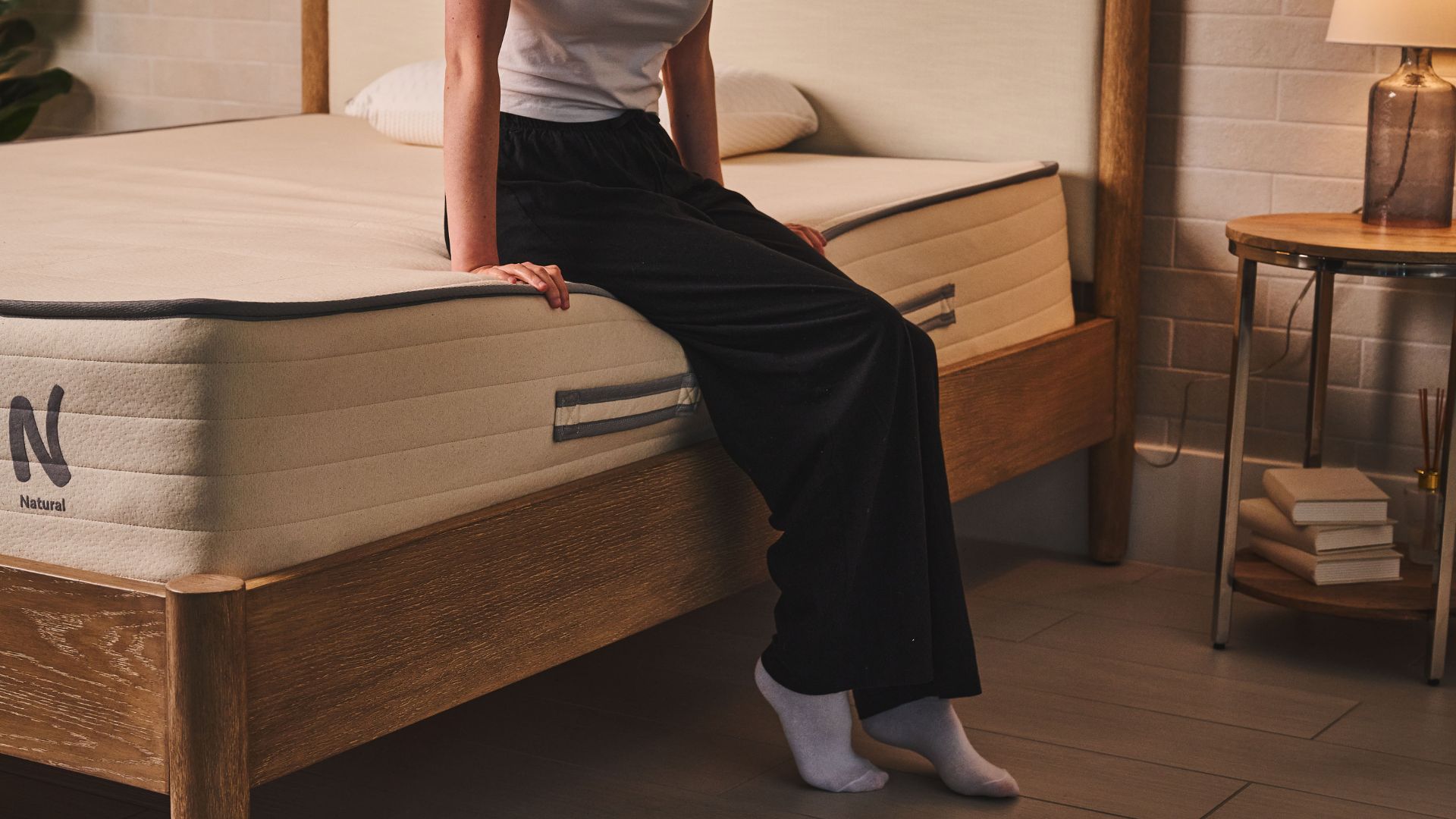
Latex is generally known as a supportive material, which is good news for your back. When your lumbar region has enough support, the muscles can relax and get on with vital repair work as you sleep.
In addition, many latex mattresses are hybrids, featuring a layer of springs at the base. This assists with support, as the best hybrid mattresses are known for their strong core. But even an all-foam latex mattress can offer sturdy support, as we discovered in our Essentia Stratami Organic mattress review.
3. A medium feel
Mattress firmness is measured on a scale of one to 10, with one soft as a marshmallow and 10 hard as a board. Side sleepers tend to opt for beds somewhere in the middle of the scale, around 5-6.5 (the best mattresses for stomach sleepers, on the other hand, are often firmer.)
Medium mattresses combine softer cushioning with a supportive core, in a balance that should be just right for side sleepers. Firmness is subjective, so if you have a lighter build, consider a medium-soft mattress, while heavier side sleepers might benefit from a medium-firm mattress.
What to avoid in latex mattresses for side sleepers
There is one major property of latex that can be off-putting for many side sleepers: bounciness. Latex foam is a naturally responsive material, meaning if you push your hand into the surface and let go, the foam will bend to your shape before springing back into place.
This quick moving feel makes latex mattresses easy to move around and change position on. If you want some cushioning without the 'hug' of a soft memory foam mattress, then latex is a good choice.
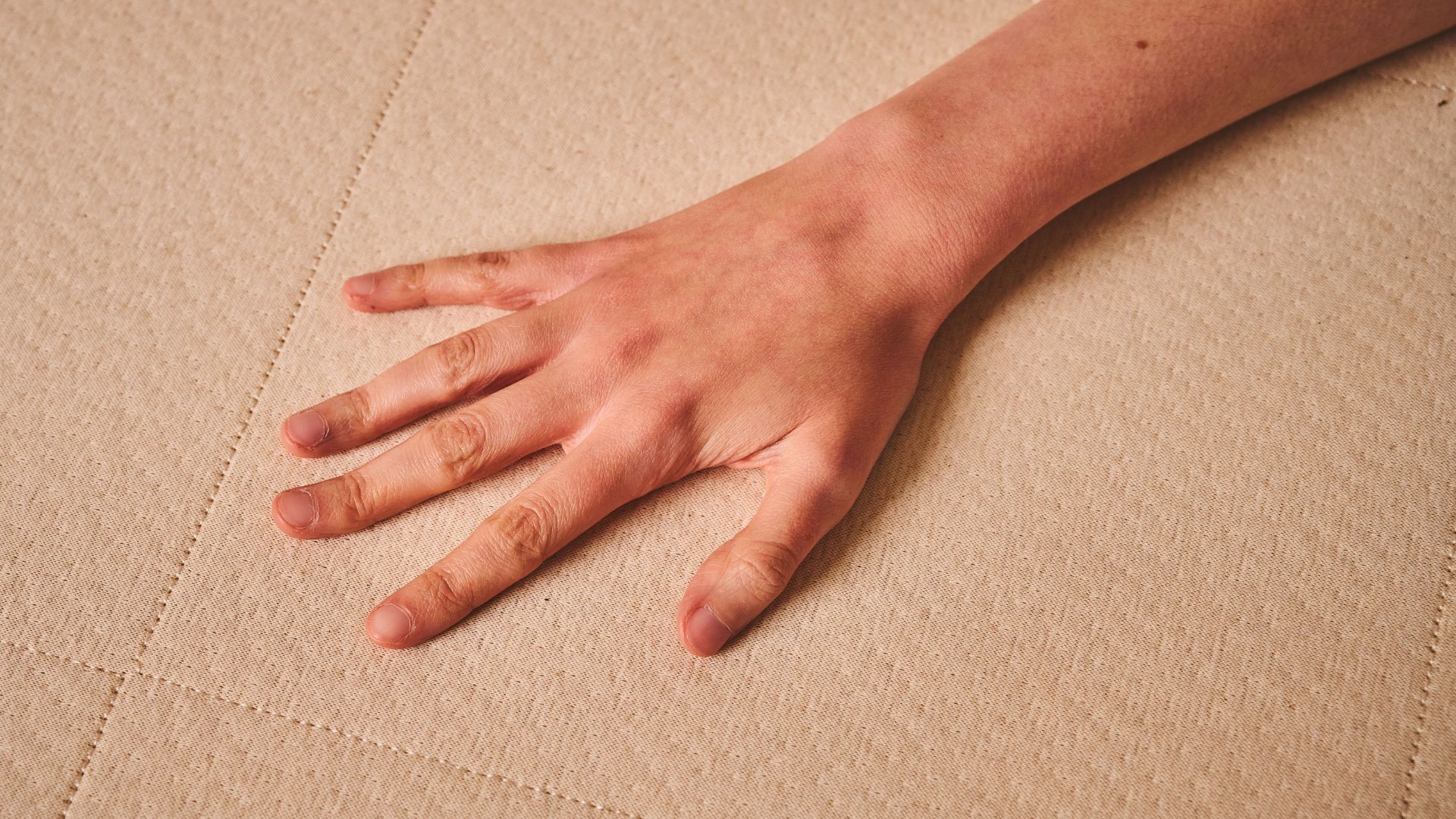
However, this bounciness isn't always right for side sleeper. It doesn't have the deep cushioning of a traditional memory foam, which means some side sleepers will find latex foam lacks the necessary pressure relief.
Also, latex can be a divisive material. Some people love how quickly a latex mattress responds to movement, while others will find it frustratingly bouncy. Although, this applies to all sleep styles, not just side sleepers.
3 latex mattresses for side sleepers worth considering
1. Nolah Natural 11 mattress: was from $1,499 $974 at Nolah
Our Nolah Natural 11 mattress review team recommend this latex hybrid for heavier side sleepers, especially those who prefer a responsive sleep surface. An evergreen 35% off mattress sale reduces a queen size from $2,099 to $1,364, and you get a 120-night trial and a lifetime warranty.
2. Birch Natural Mattress: was from $1,373.75 $1,099 at Birch
The Birch Natural Mattress combines latex with a double wool layer to create a medium-firm feel. In our Birch Natural mattress review we recommend it for combination sleepers, as the responsive feel makes it easy to switch from back to side. There's always 20% off at Birch, reducing a queen to $1,499 (was $1,873.75), plus a 100-night trial and 25-year warranty. Keep an eye out for the 25% off Helix mattress sale (Birch is owned by Helix) for a bigger discount.
3. Naturepedic Concerto Pillow-top Mattress: from $1,699 at Naturepedic
In our Naturepedic Concerto Pillow-top Mattress review we found this luxurious latex mattress has a plush upper layer to provide maximum pressure relief for side sleepers. A queen is $2,799 and sales are rare, although we have spotted discounts up to 20% around the major holidays. The Concerto Mattress comes with a 100-night trial and a 25-year warranty.
Sign up to get the BEST of Tom's Guide direct to your inbox.
Get instant access to breaking news, the hottest reviews, great deals and helpful tips.

Ruth is a staff writer at Tom’s Guide, covering all things mattress and sleep. She has a deep interest in the link between sleep and health, and has tried enough mattresses to know the right bed really can make a difference to your wellbeing. At Tom’s Guide she writes to help people sleep better, from how-tos to the latest deals to mattress reviews, and has interviewed an array of specialists who share her passion. Before joining the team at Tom’s Guide, Ruth worked as a sleep and mattress writer for our sister website, TechRadar.
